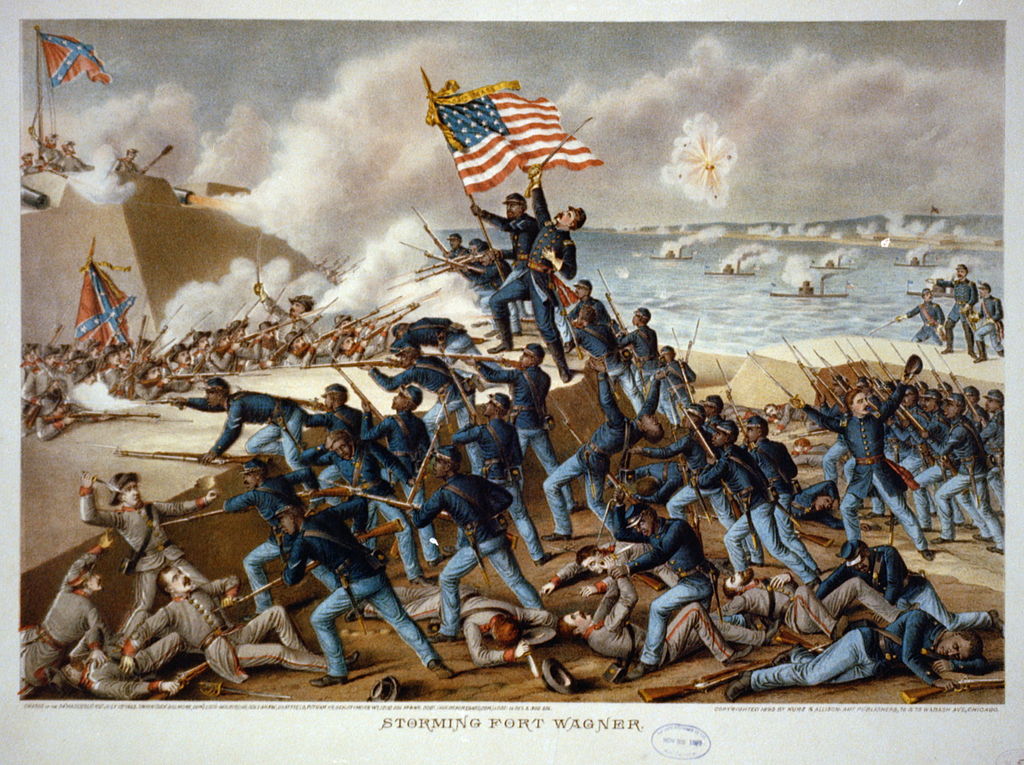Authors:
Historic Era: Era 5: Civil War and Reconstruction (1850-1877)
Historic Theme:
Subject:
Spring 2021 | Volume 66, Issue 3


Authors:
Historic Era: Era 5: Civil War and Reconstruction (1850-1877)
Historic Theme:
Subject:
Spring 2021 | Volume 66, Issue 3
Editor's Note: Douglas R. Egerton is Professor of History at LeMoyne College. The following essay was adapted from his Gilder Lehrman Lincoln Prize-winning book, Thunder at the Gates: The Black Civil War Regiments That Redeemed America, published by Basic Books.

Weary after the long march, the black infantrymen fell to their knees, dropping their muskets and pulling off their heavy gear. Their white colonel, twenty-eight-year-old Alfred Hartwell, a Massachusetts native and a Harvard man, consulted his hand-drawn map and guessed them to be on the outskirts of Pineville, a South Carolina village of roughly 100 buildings.
That morning, April 3, 1865, Hartwell had received orders to take a detachment of the Massachusetts Fifty-fifth Volunteer Infantry Regiment and head upland toward Lake Moultrie in search of Confederate cavalry. After firing a few shots at a mounted party riding in advance of Hartwell's infantry, the Confederates vanished, but not before lynching a number of runaway slaves they found hiding in a swamp. The discovery of the bodies brought the soldiers to their feet, and by the time they reached the gates of a plantation owned by Charles Porcher, the company was in no mood to be charitable to those yet loyal to the collapsing Confederacy.
Although Hartwell's orders merely called for the Fifty-fifth to search for remaining Confederate forces in the interior, the black soldiers gloried in serving the cause of liberation. Months before, Sergeant James Monroe Trotter had observed that “we found the old system of slavery in full operations as it had always been.” As they overran Carolina plantations Hartwell demanded that soon-to-be former masters “blow their horns, to summon the slaves from their work up to the house.” An officer—typically a black sergeant—then made a speech, “informing them they were free.”
There was “joy on those plantations, I need not tell you,” Lieutenant George Garrison informed his father, abolitionist William Lloyd Garrison. Trotter would explain to the freed people that they could leave for Charleston if they wished, but that if they planned to remain on the estate, the army would assist in drawing up a written agreement to compensate for labor done.”
A former slave himself who had taught school in the Midwest before the war, Trotter understood all too well that it was not just Southern whites who despised the idea of a black man with stripes on his uniform, or even